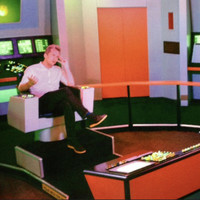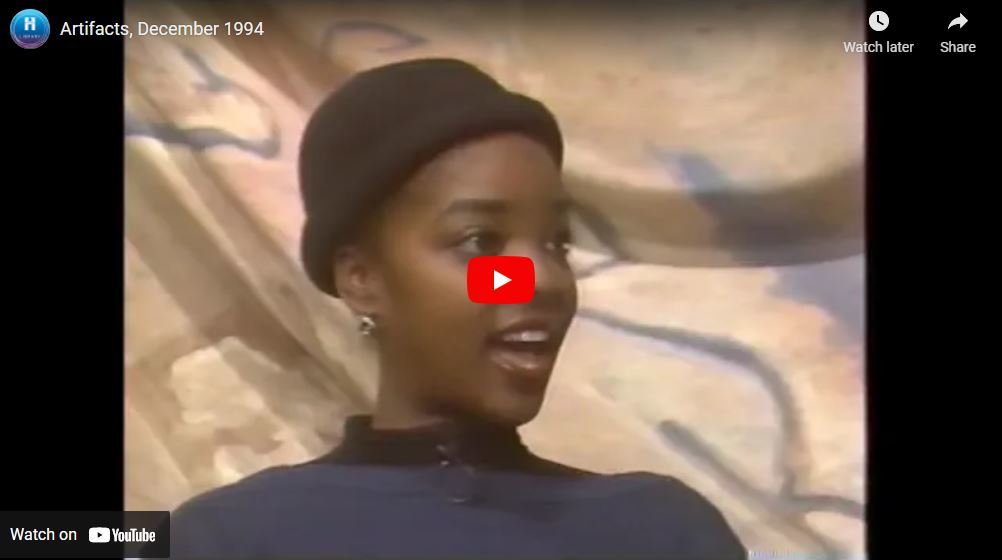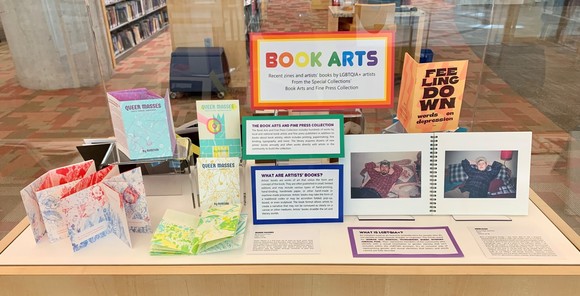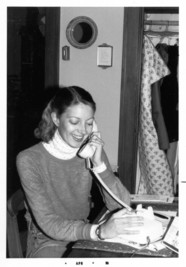|
June/July 2022
Greetings local history friends,
Check out what is new and noteworthy this month in Special Collections.

Earlier this month we transferred 95 boxes from the Government Center to Minneapolis Central Library. The large donation of materials from the Hennepin County Communication and Engagement Services Department consists primarily of photographs, newsletters, video recordings, and news releases from the 1970s to the 2010s. It highlights a broad representation of the activities of county agencies and personnel, including events, programs, projects and other initiatives. We will be seeking grant funding for processing the collection, as well as digitizing portions of it.
While we have received materials from other County departments before, this is by far the largest and was the first in which the donation was worked out with the cooperation of the Hennepin County Compliance Department and the Minnesota State Archives. We hope this may serve as an example for possible future donations of archival and other historically significant materials from other County departments.
 |
|
Michael began working as the Digitization Specialist in Special Collections in July 2017. He has scanned hundreds of thousands of yearbook pages, house plan books, annual reports, postcards, and so much more in his nearly 5 years with us. He’s been our go-to guy for the WideTEK and Bookeye scanners. And his height has been extremely helpful for many archives shifting projects and donation transfers. Michael left us mid-June and is on to new adventures in the book world. He answered a few questions before he left. |
Photo: A Michael Homolka face swap with Franz Kafka.
Q: What’s one of the most memorable things you’ve encountered while working in Special Collections?

A: Perhaps I can’t remember anything else, but I’m impressed by how quickly we adapted to the Covid-19 pandemic all those decades ago. Our schedule changed from being off-site for a few days to indefinitely pretty fast, but we figured out how to divide equipment and put together new projects relevant to the situation seemingly faster. Placing the reality of a pandemic in a larger historical context before having a firm grasp on what that reality would be was a unique and rewarding experience personally. There’s also much to be said for creating a new normal rather than simply talking about one.
|
Q: Something interesting you’ve learned about Minneapolis since you started working here?
A: Whether it’s city development, social upheaval, or just middle schoolers trying out new vulgarities in their yearbook signatures, I’ve learned that time is a flat circle. There’s a precedent for everything and numerous opportunities for interested parties to discover. That being said, I found the book “Queer Twin Cities” to be particularly illuminating.
Q: If you could transport yourself to another time in history, when would you choose and why?
A: Honestly, I probably wouldn’t. Going off the last question, it seems like any time in history is simultaneously the best and worst ever for those living in it. Work with what you know, I say with charming aloofness.
Q: Favorite project you’ve worked on?
A: The Star Tribune Photo Collection features some incredible three-word descriptions of one’s claim to history. Favorites include “Fired Santa Claus” and “Performed Self-Surgery”.
Q: Book you’re currently reading or favorite book of all time?
A: I’m pretty much always in the mood for Shirley Jackson or Flannery O’Connor for their economy, fearlessness, and humor unbothered by whether one laughs. Currently I’m juggling “Brief Lives of Idiots” by Ermanno Cavazonni, “Terminal Boredom” by Izumi Suzuki, and “On Earth We’re Briefly Gorgeous” by Ocean Vuong for similar reasons.
Q: Final words
A: I promise this isn’t a bit, but I have a doppelgänger in the Twin Cities who looks so similar that even my parents mistook him for me. Some have sent photos but they’re always from behind. Those who have encountered him note that he’s extremely rude whereas I’m oppressively polite. I also exercise. Those are the main differences as far as I know. I thought to share this as you’d be surprised how seldom it comes up. If you can get a photo from the front, please contact Special Collections.
 From 1991-2002, the City of Minneapolis produced a few public service programs for community cable which were produced and hosted by Phill Lindsay, an employee of the old Minneapolis Community Development Agency (now CPED – Community Planning and Economic Development). The longest running of these was Artifacts, which ran from 1991 to 2000. The programs were either 30 or 60 minutes long and consisted of profiles of local artists and arts organizations, discussions of art-related issues, and sometimes actual performances. Among his guests were such notables as Dudley Riggs, Kevin Kling, Leonard Parker, R. D. Zimmerman, Chris Osgood, Peter Ostroushko, Joe Dowling, and Loyce Houlton. Episodes of Artifacts can now be viewed online. Lindsay also produced and hosted a pair of programs profiling a broader range of topics related to Minneapolis: Inside Minneapolis (1999-2000) and On Cue (2002-2004).
Browse more in the Hennepin County Library Digital Collections: https://digitalcollections.hclib.org/

Recent acquisitions
Marj Wunder Papers
Newspaper clippings, correspondence, photographs, programs, posters, and other papers documenting Marj Wunder's contributions to the Peace Movement in the Twin Cities, especially the founding of the Peace Garden near Lake Harriet. She was instrumental in the establishment of the Peace Garden and the Minneapolis-Hiroshima friendship cities connection. Wunder was active in the Honeywell project (in protest of the company's war production) and Women Against Military Madness. She was a founding member of Grandmothers for Peace.
Gary Hoover Slides
35mm color slides, card index, and digital photo scans of the Hoover family's life in 1950s-1970s in Hennepin County. Card index corresponds to original magazine number and lists each photo. Photos have been scanned and are best accessed digitally.

New Finding Aids
Special Collections has over 1,300 maps of the Twin Cities. Searchable descriptions of each map are now online. Spanning the 1820s to the 2010s, maps range from city planning drafts to published tourist brochure maps. The bulk of the collection documents Minneapolis, but Hennepin County suburbs and the entire Twin Cities metropolitan area are often included along with early territorial maps. The collection includes many planning maps donated by the City of Minneapolis in 2018. Maps are arranged chronologically. Creator, contributor, and publisher information are included when known.
View finding aid online.
Correspondence, brochures, and publications from the Model City Communications Center created between 1970 and 1975. Part of the Model City project in South Minneapolis, an urban renewal program, the Model City Communications Center provided outreach for Model City. The Communications Center also provided publicity and public relations services to other local non-profit organizations and became known as the Minneapolis Communications Center.
View finding aid online.

Recent artists’ books and zines by local LGBTQIA+ artists, from our Book Arts and Fine Press Collection, are now on display on the 1st floor of Minneapolis Central Library. Includes work by María José Castillo (they/them), Sarah Evenson (they/them) and Jade Juno (they/them) under the collective Rumtum, Ky Page (he/him) (not yet cataloged), Jamie Kubat (they/them), and Laura Migliorino (she/her).
Work exhibited addresses themes of gender identity, mental health, the aftermath of the George Floyd murder, absence and departure, memory, and more.
 |
|
Special Collections is open Monday through Thursday 9am-4:30pm. Appointments are not necessary, but you do need to call Special Collections or check-in at the 4th floor reference desk upon arrival for department access. You can speed up your visit by requesting materials be pulled in advance.
Don’t forget, even though Special Collections is now open, we can still help you with your research needs remotely. Email specialcoll@hclib.org or call 612-543-8200.
|
Phone photo: Laurie Linnes Conducts Survey of ECCO News Readership, 1978. Photo from the East Calhoun Community Organization (ECCO) News Collection.
Email specialcoll@hclib.org or call 612-543-8200.
|